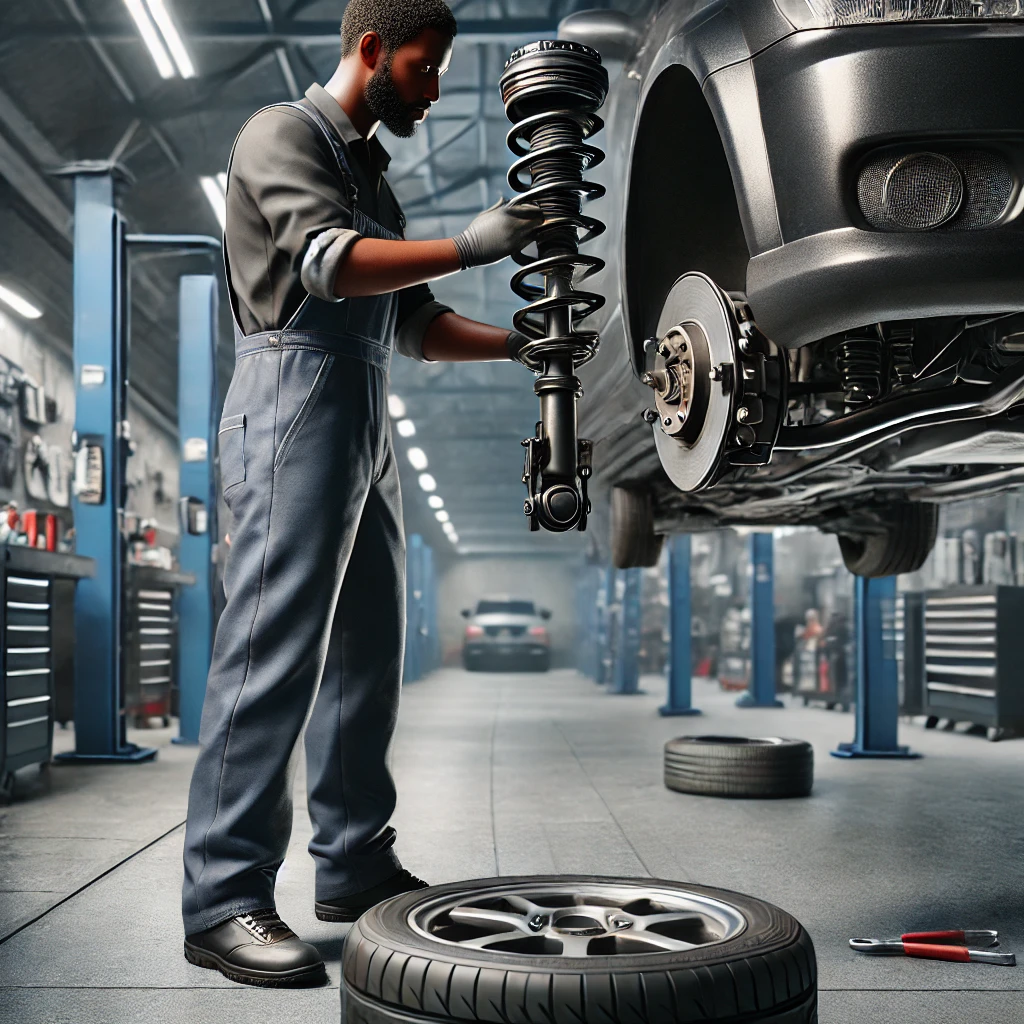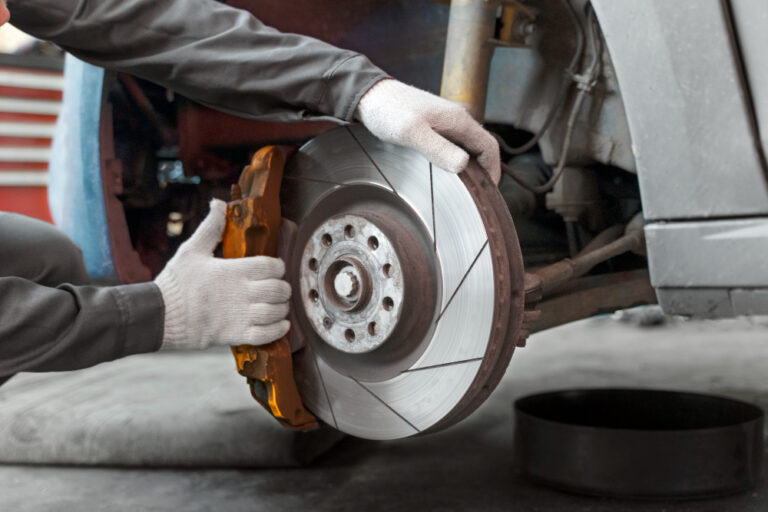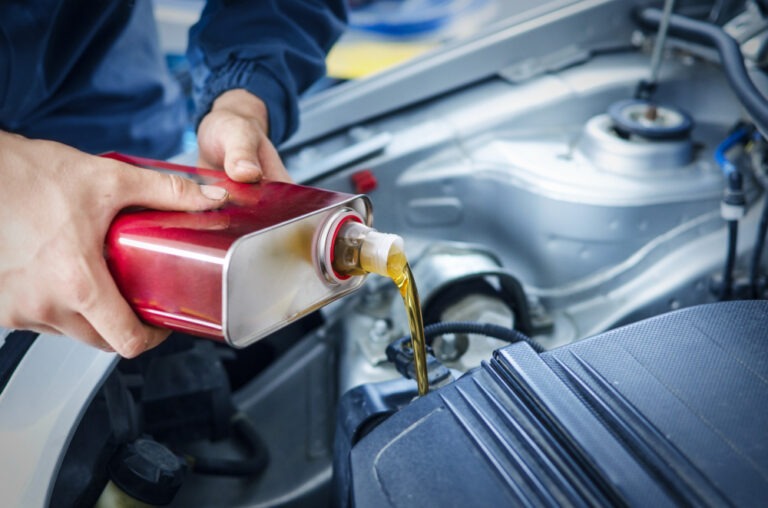Struts are an essential component of a vehicle’s suspension system, providing both structural support and shock absorption to maintain a smooth, controlled ride. Struts combine a shock absorber with a coil spring into one unit, which helps support the vehicle’s weight, absorb bumps, and manage vehicle handling.
Key Functions of Struts
- Structural Support
Unlike regular shock absorbers, struts are a critical load-bearing component of the suspension system. They support the vehicle’s weight and are integral to the alignment and geometry of the suspension. - Absorbing Impacts and Reducing Bounce
Struts help absorb impacts from rough road surfaces, much like shocks. They reduce bounce and keep the tires in contact with the road, ensuring stability and a more comfortable ride. - Control and Stability
Struts contribute to steering control and vehicle stability by helping to control body roll during turns and reducing nose diving when braking. This function is especially important for handling and safety.
Signs of Worn Struts
- Excessive Bouncing and Bottoming Out
If you notice that the vehicle bounces excessively or bottoms out when hitting bumps, it could be a sign of worn struts. Since struts contain a shock absorber, their failure leads to increased bounce. - Nose Diving When Braking
When braking, the front of the car may dip lower than usual if the front struts are worn. This occurs because worn struts cannot stabilize the vehicle’s weight transfer effectively during braking. - Uneven Tire Wear
Worn struts can cause uneven tire wear, such as cupping, which indicates that the tires aren’t staying consistently in contact with the road. This pattern can lead to reduced traction and quicker tire wear. - Poor Steering Response
Struts contribute to a vehicle’s steering control, so worn struts can make the steering feel loose or less responsive. This could lead to swaying or drifting, especially during turns or on rough roads.
Importance of Replacing Struts
Driving with worn struts can compromise handling, safety, and comfort. Replacing worn struts not only improves ride quality but also ensures better control, especially during braking and turning. Replacing struts is often recommended every 50,000 to 100,000 miles, depending on driving conditions and vehicle type. Regular inspections can help catch signs of wear early, preventing further suspension damage and maintaining vehicle safety.







